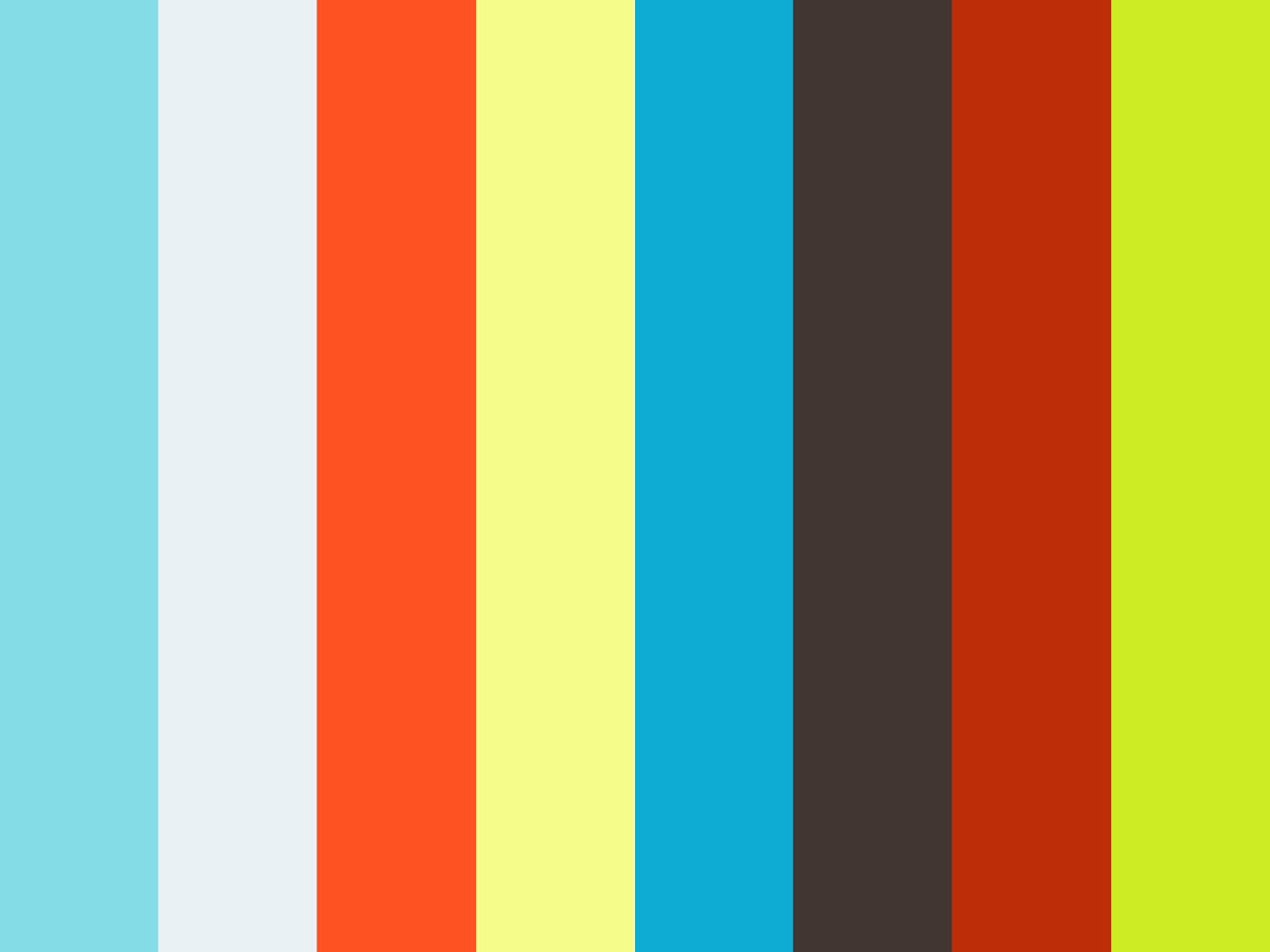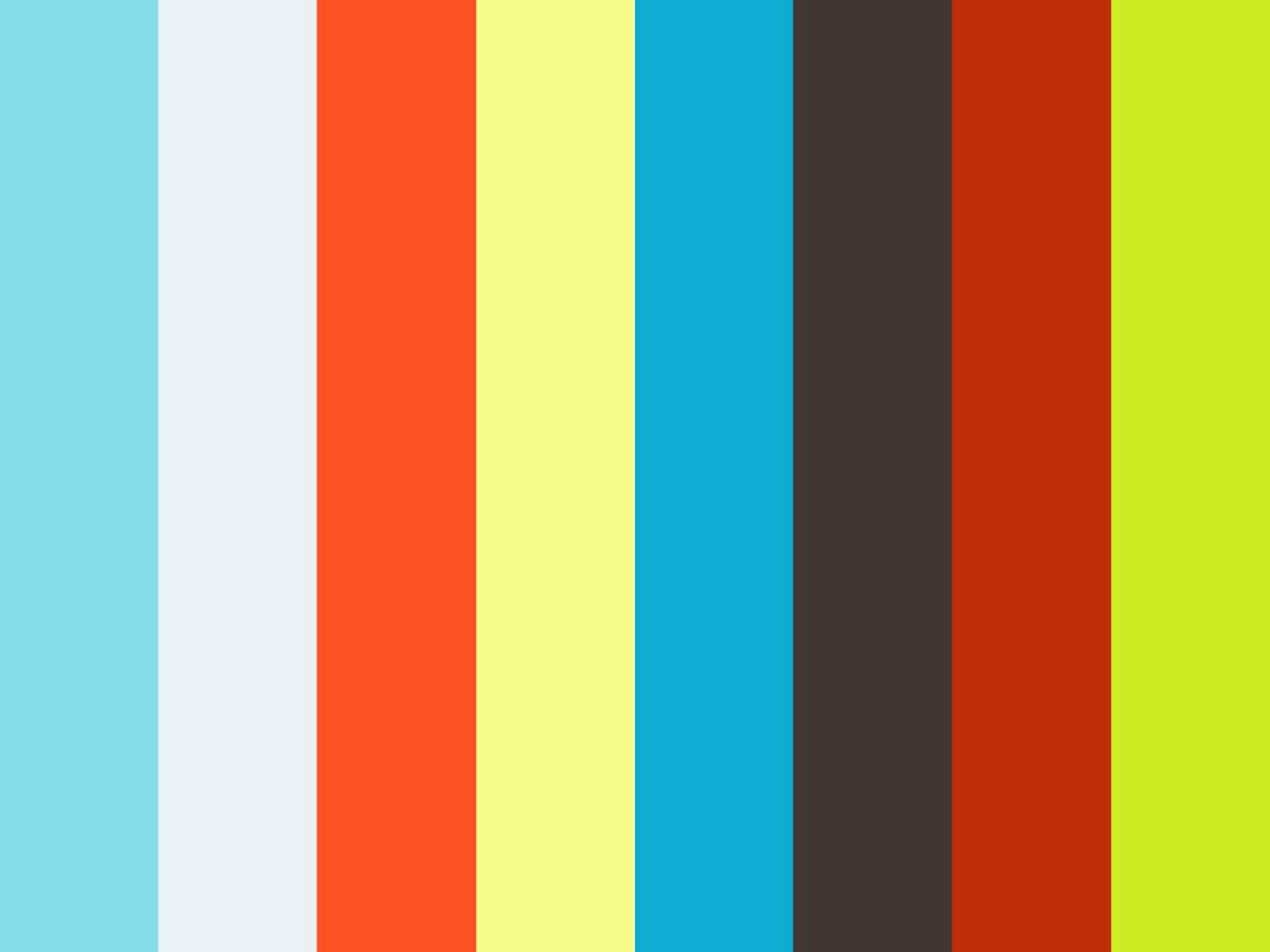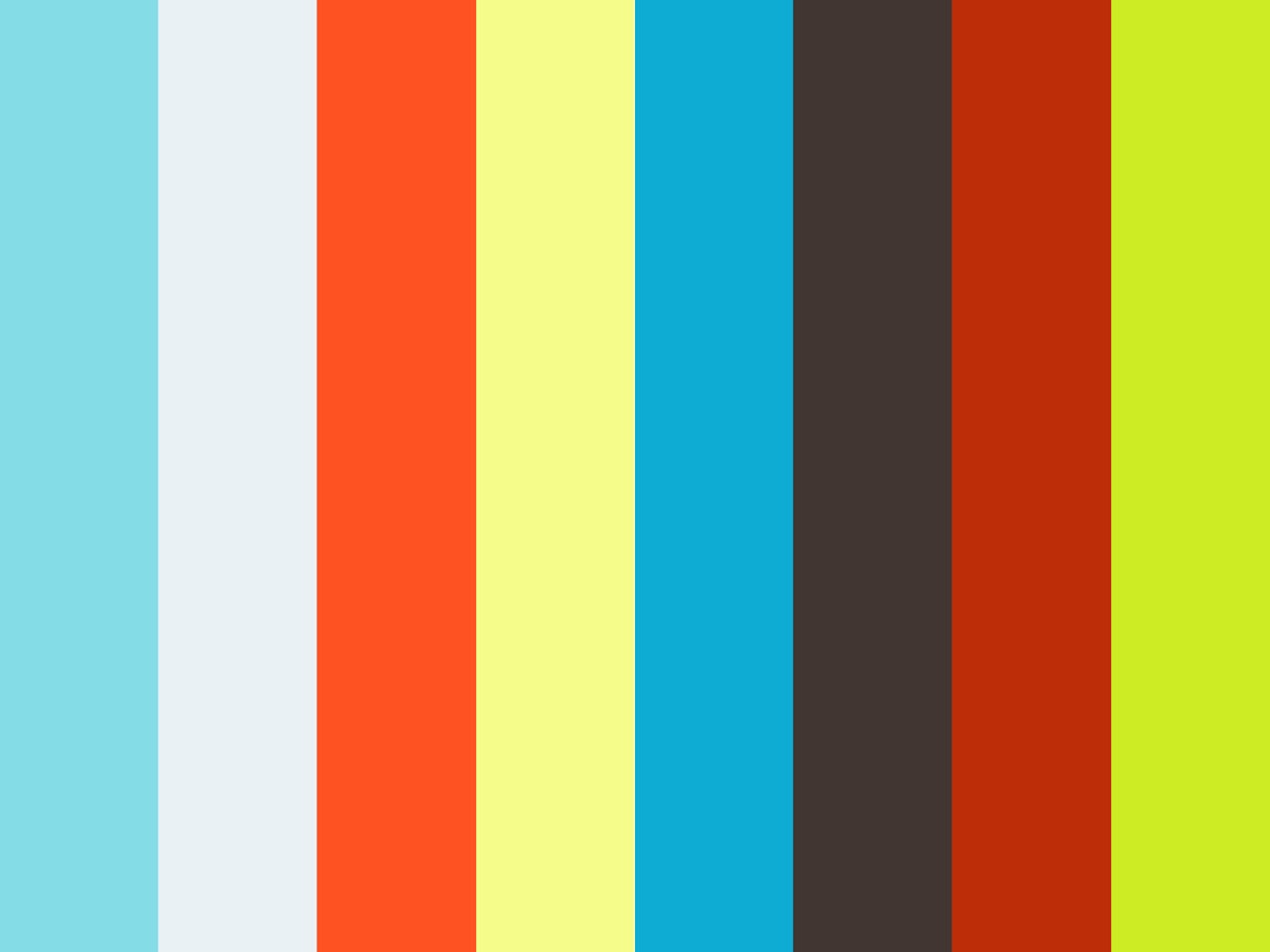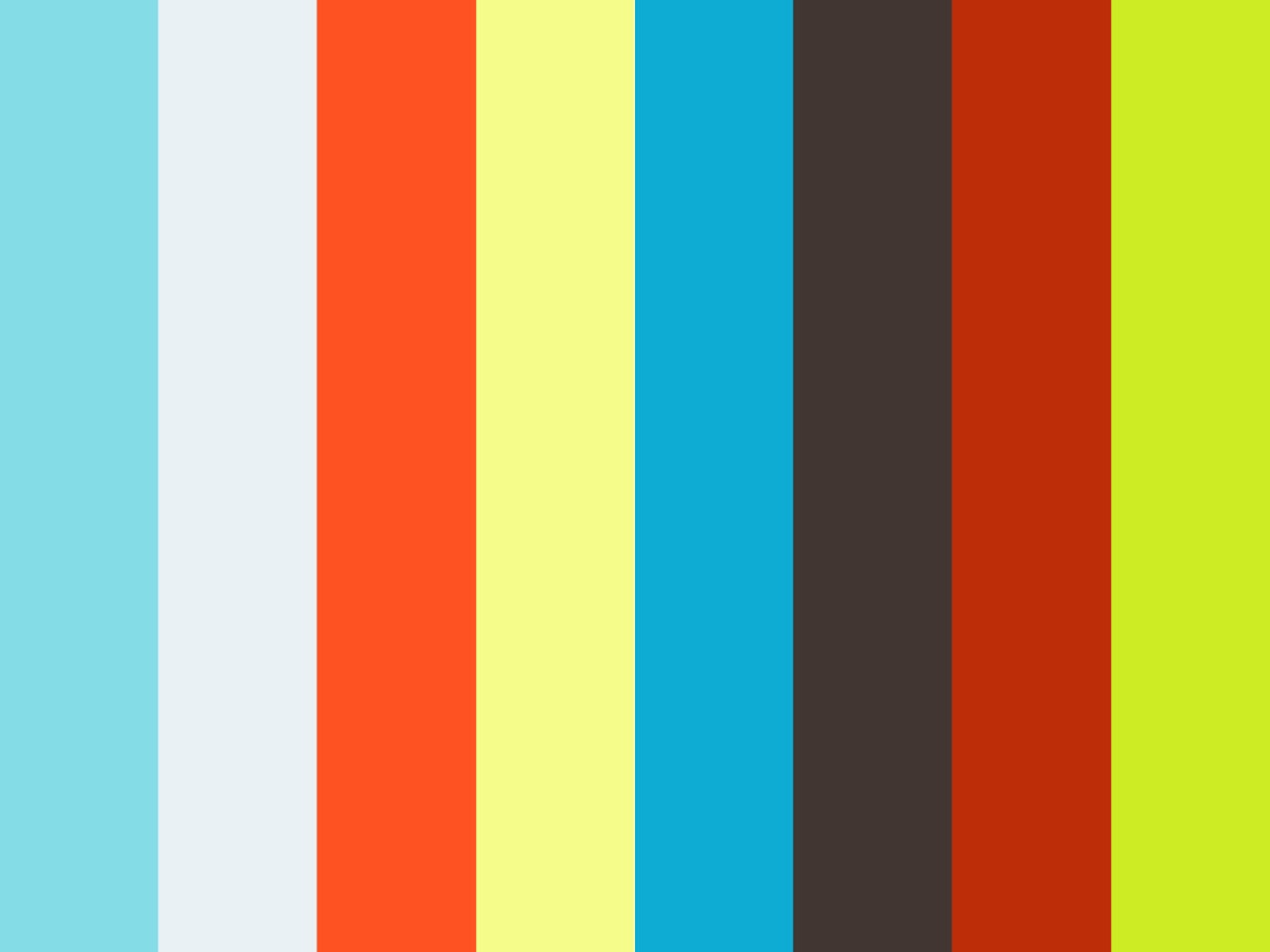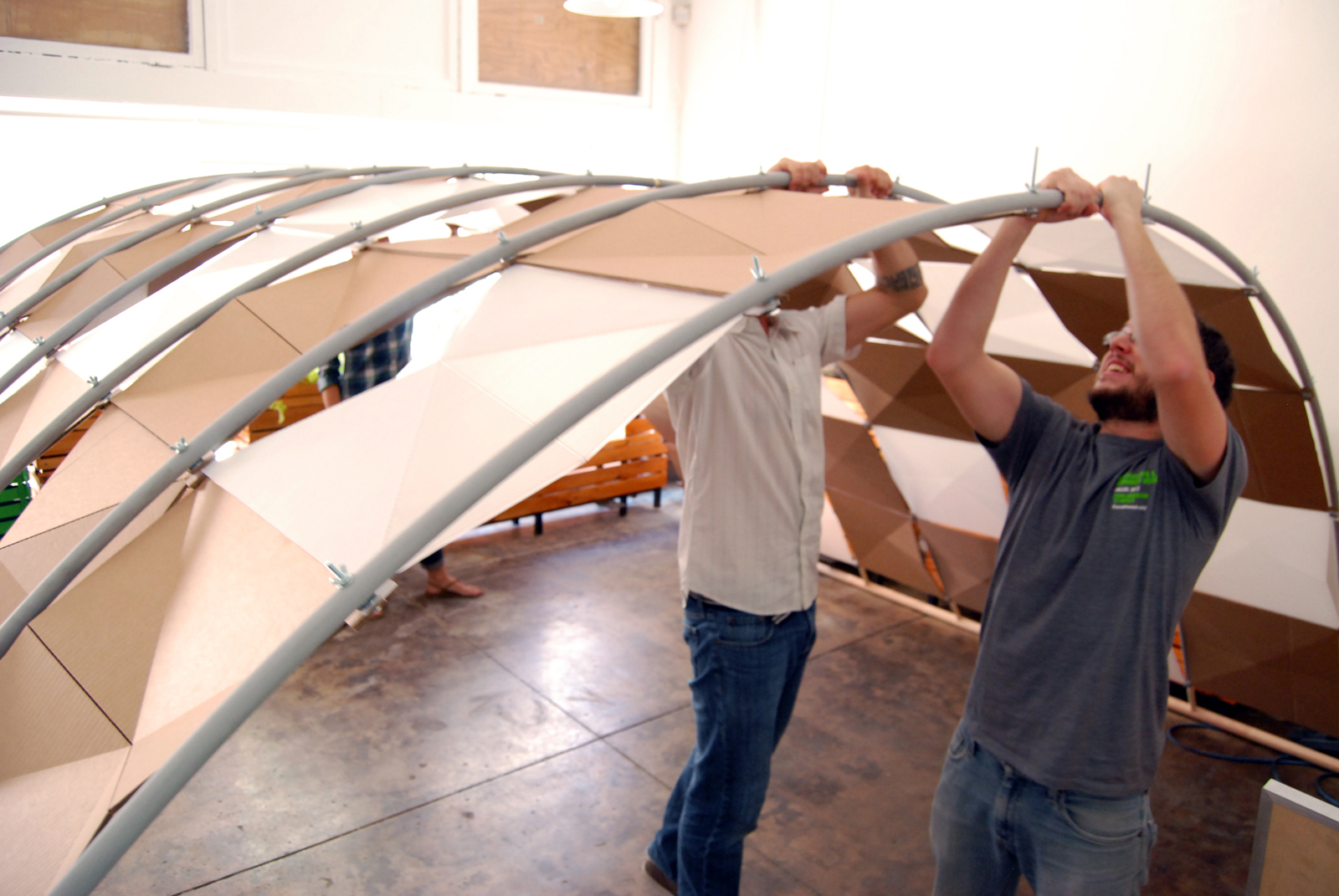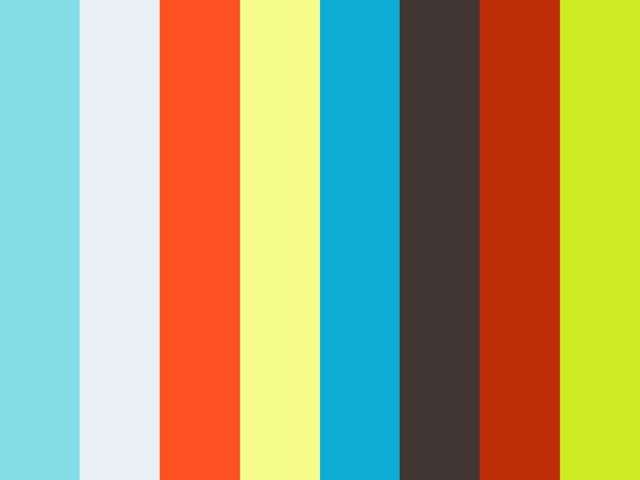On March 19, 2013, bcSHOPFRONT hosted Rick Lowe of Project Row Houses. Rick Lowe is an artist who works and resides in Houston, Texas. His formal training is in the visual arts; over the past twenty years he has worked both inside and outside of art world institutions by participating in exhibitions and developing community-based art projects. Rick's work has been exhibited internationally including the Phoenix Art Museum; Museum of Contemporary Arts, Los Angeles; Neuberger Museum, Purchase, New York, Kwangji Biennale, Kwangji, Korea; and the Venice Architecture Biennale. His community building projects include Watts House Project, Los Angeles, CA; and a project for the Seattle Art Museum in their new Olympic Sculpture Park with David Adjaye. Rick has been honored with the Rudy Bruner Award in Urban Excellence Silver Medalist; the AIA Keystone Award; Loeb Fellow at Harvard University; Skandalaris Award for Excellence in Art Architecture; USA Booth Fellowship; and the Creative Time Annenberg Prize for Art and Social Change.
In commemoration of the Nasher Sculpture Center's 10th anniversary, Rick Lowe will participate in Nasher XChange, a dynamic art exhibition consisting of 10 newly - commissioned public sculptures by contemporary artists at sites throughout the city of Dallas from October 19, 2013 to February 16, 2014. Covering a diverse range of sites and approaches to sculpture, Nasher XChange represents the first citywide, museum-organized public art exhibition in the United States.
Project Row House (PRH) is a non-profit arts organization in Northern Third Ward, one of Houston’s oldest African-American communities. Lowe's belief that artwork can serve as a tool to both voice social issues and also create resolutions was the foundation of this project . This idea engaged the community, encouraging local residents to see value and opportunity in their neighborhood as the Project reinvented damaged, abandoned row houses in an isolated Houston neighborhood. Since inception, the PRH location has expanded from 22 properties to 40 over 6 blocks. The reinvented properties house artist residency programs, housing for young mothers in need, additional residences for low-income families, affordable office spaces, a community arts gallery, park, and other community centers. As PRH has grown, the impact on the community has multiplied- the neighborhood is more connected to the larger surrounding area, members of the neighborhood have organized to implement and establish their ideas, and a community development corporation was spawned, producing nine low income housing units to date.
![[bc]](http://images.squarespace-cdn.com/content/v1/5248ebd5e4b0240948a6ceff/1412268209242-TTW0GOFNZPDW9PV7QFXD/bcW_square+big.jpg?format=1000w)
